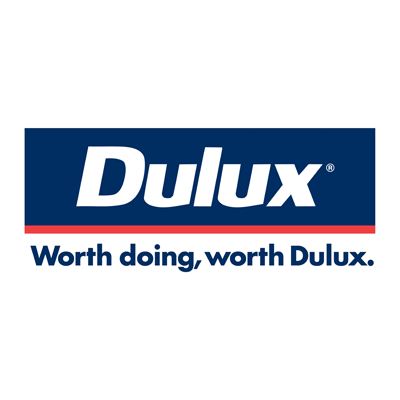- Never paint outside when raining, or when rain is imminent.
- Try to do outside painting during summer months; but if you must paint outside in winter, stop painting in the early afternoon.
- If painting inside maintain adequate ventilation and temperature, and if available use a dehumidifier during the drying period.
- When painting inside avoid generating excess moisture laden air from activities such as showering, bathing or cooking for at least 48 hours.
- Apply only one coat of paint per day in non-ideal drying conditions, and don’t apply it too heavily – this means less paint and more drying time before condensation sets in.
Surfactant leaching cannot be accurately predicted, but is easily removed if attended to promptly. Within several days of application surfactant deposits are still soft and can usually be removed by gently rinsing them off the painted surface with clean water. If this does not work, allow the paint to cure for a week and then wash the surfactant off with a soft brush and a dilute solution of household detergent in water; rinsing thoroughly afterward. If too much time has elapsed, the surfactant may have hardened to the point where it cannot be removed without damaging the paint, and/or the deposits have etched the surface of the paint and left a permanent mark. If this is the case, then touching up or repainting under more favourable weather conditions is required.
In summary, prevention is the best cure by painting in favourable conditions, however if surfactant leaching does occur the trick is to get onto the issue quickly and simply remove the excess surfactant. Easy.



























 Most Popular
Most Popular Popular Products
Popular Products


